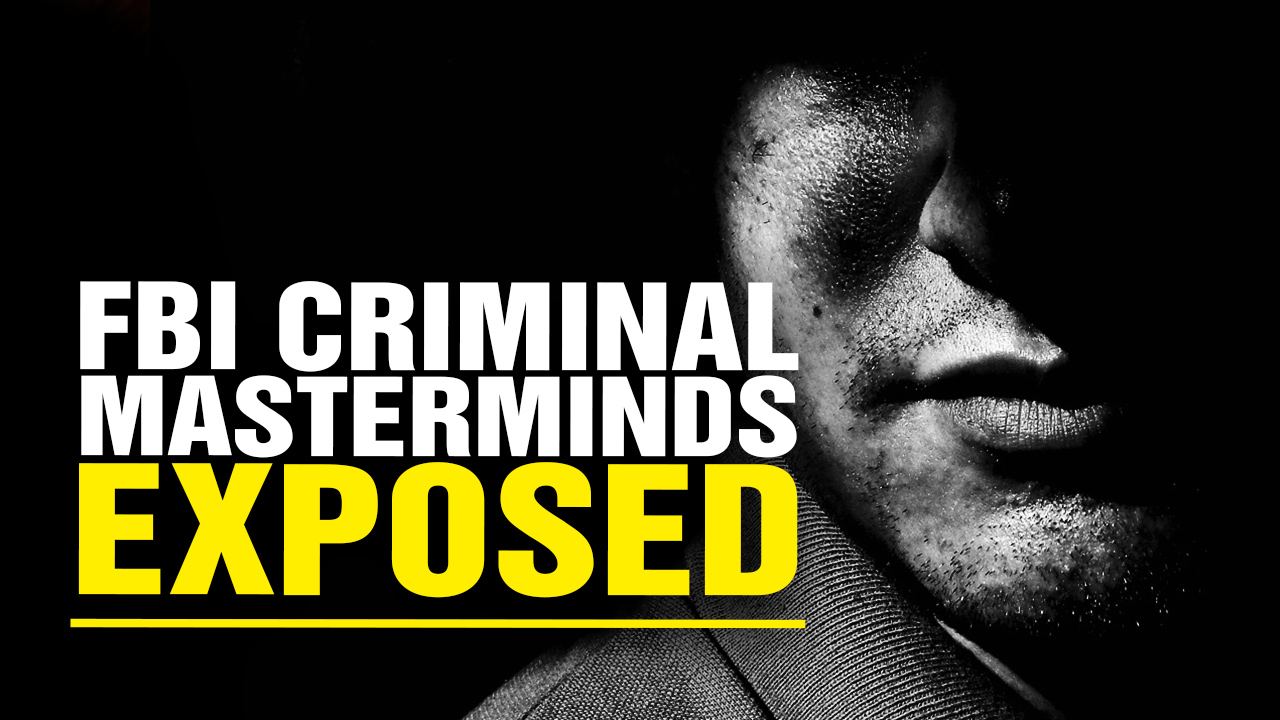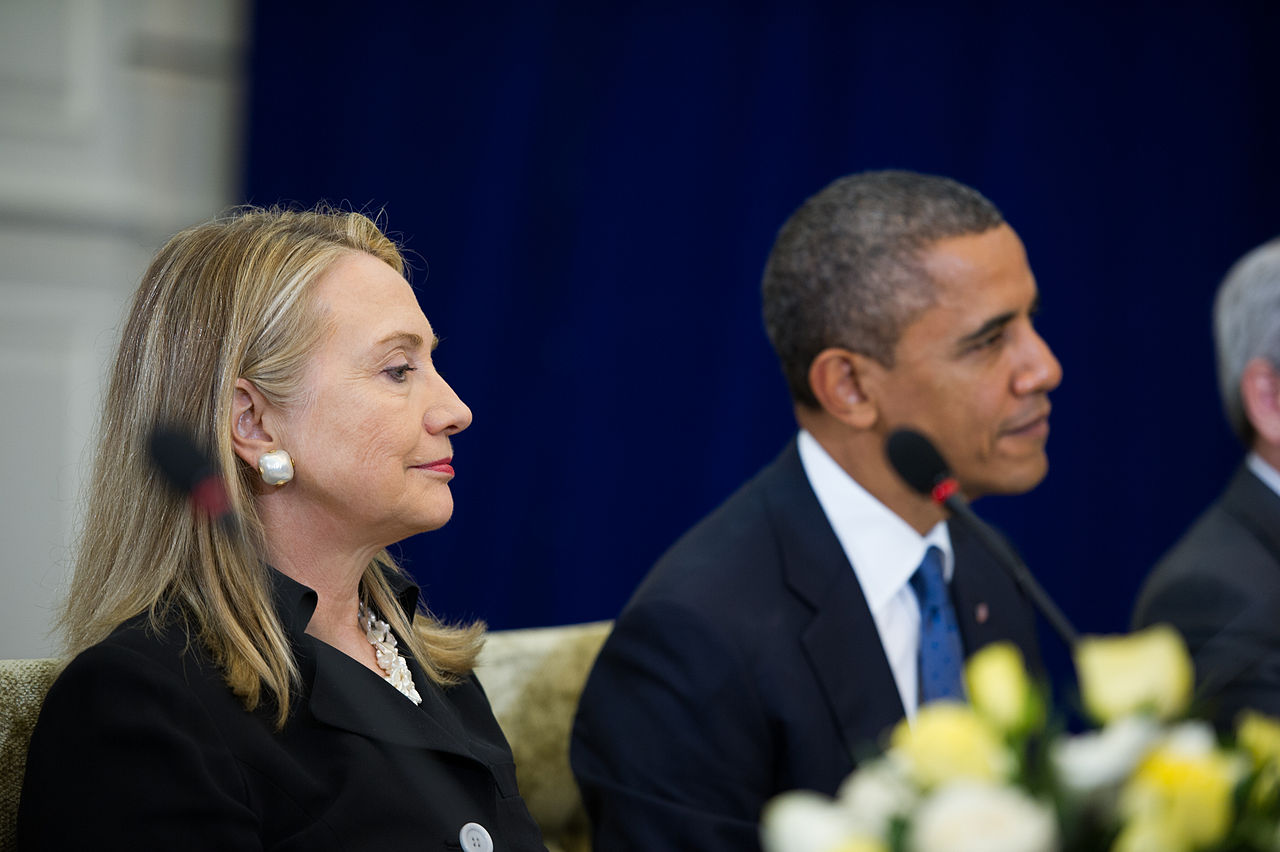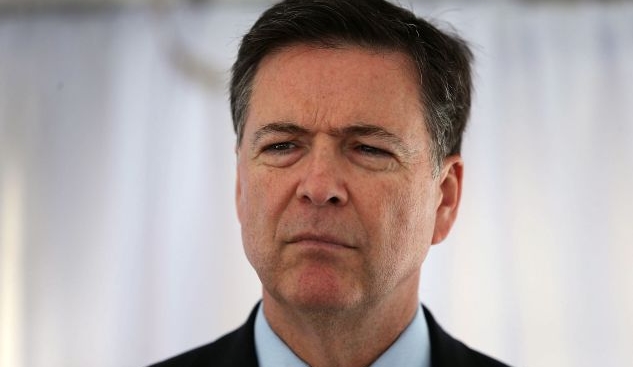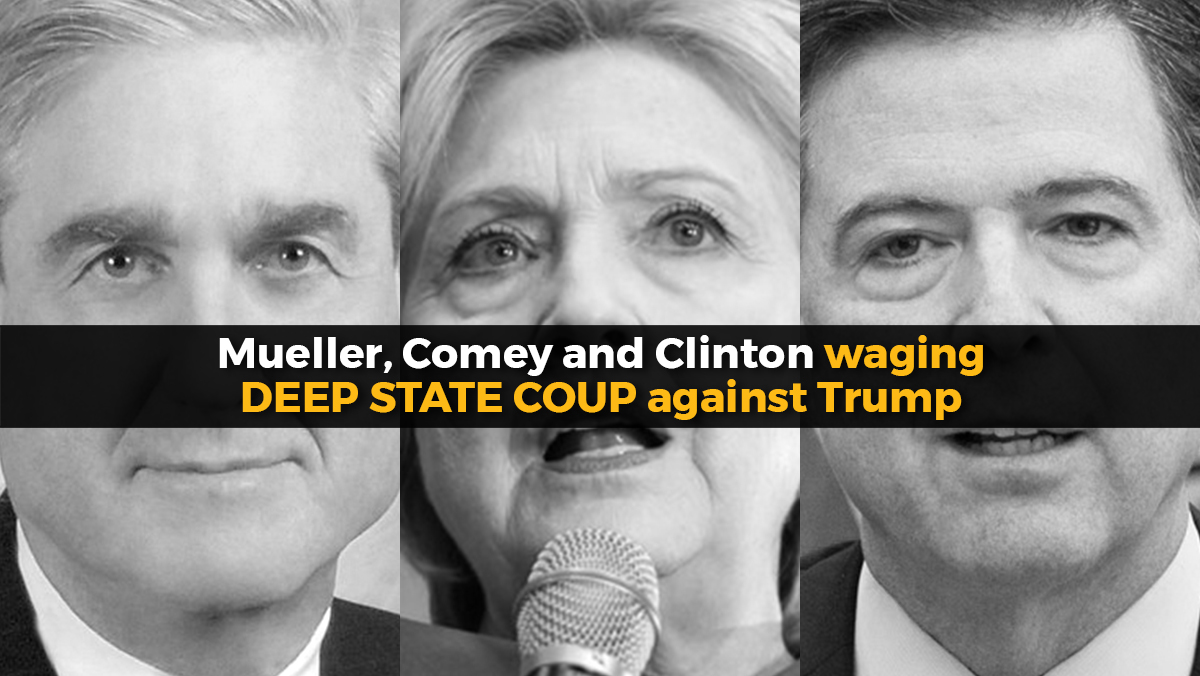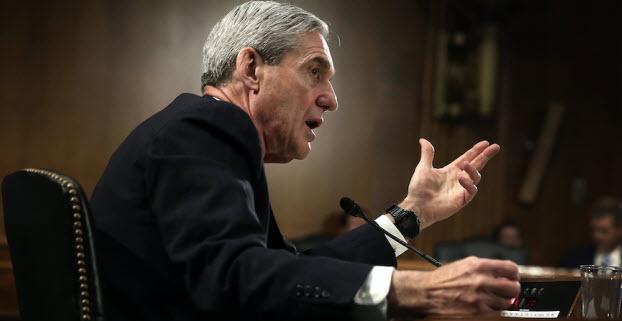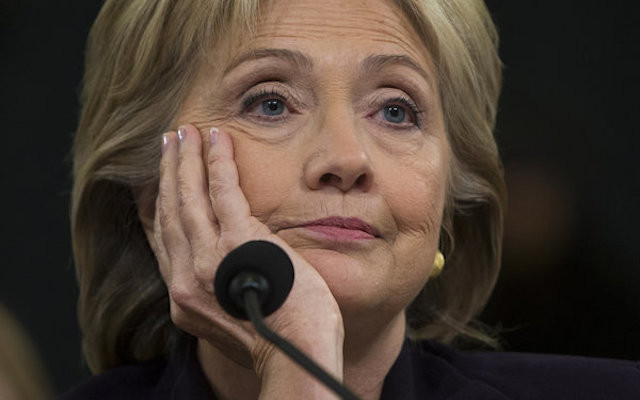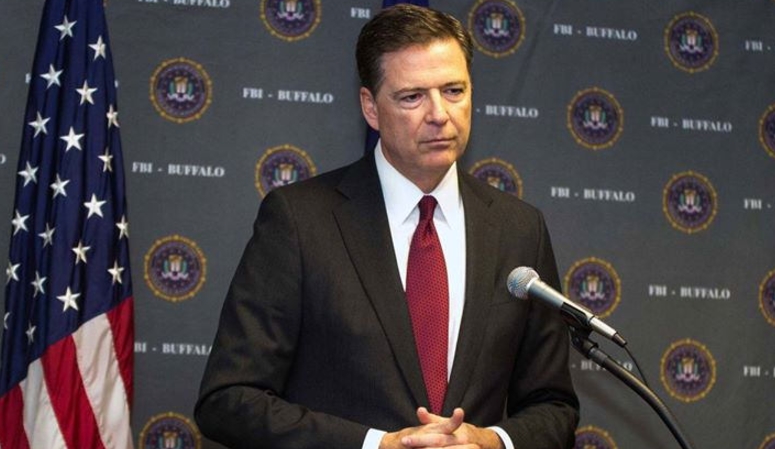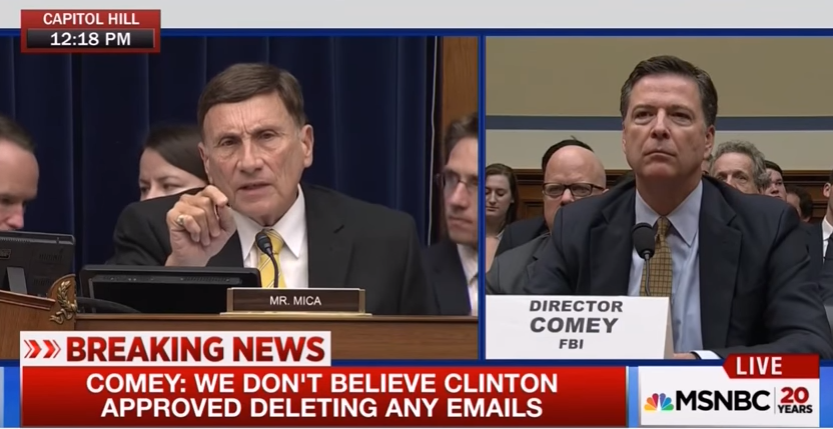I can almost hear a few loud responses to my provocative title questions echoing across the internet and blasting out my computer speakers: “Mr. Lewis are you some kind of conspiracy nut job? Didn’t you read the most recent news report which stated very clearly that Prince died of a “self-inflicted” overdose of the synthetic opioid drug, fentanyl. Didn’t you hear that fentanyl is a deadly drug that is 50 times more powerful than heroin. Mr. Lewis, Prince’s death has now been verified as just another sad statistic in the opioid overdose crisis raging throughout the country. What else could you possibly want to know other than some gossipy details? Leave the poor man alone and get on with your life.”
(Article by Richard D. Lewis)
For all those interested in searching for the truth behind Prince’s death, (along with several other famous celebrities) and the thousands upon thousands of similar drug related deaths of ordinary citizens, pay close attention to the continuation of this vitally important and necessary dialogue:
“No,” I firmly reply. “I am not a conspiracy theorist, and what I heard on the news was exactly what you heard. Apparently some medical examiner from Minnesota decided that because the powerful drug fentanyl was in Prince’s bloodstream at the time of his death that it must have been “self-administered” and the specific cause of a drug overdose which led to his ultimate demise. End of story – right!?”
“Not so fast,” I continue, “and no, I just can’t get on with my life when important truths about the criminal negligence of the FDA, Big Pharma, and Psychiatry in our society are being hidden behind a deceptive vail of mystery and misdirection.”
“For if you just happened to pay close attention to this past week’s most recent news story regarding Prince’s death you might have also picked up on the “minor” detail posted at the end of a brief AP news article which revealed that the benzodiazepine drug, diazepam, (also known as valium) was one of several additional drugs found in Prince’s bloodstream at the time of his death.”
As an aside, it is interesting that this seemingly inconsequential information has now seeped out in to public news despite the fact that Minnesota state authorities are not legally required to release the entire results of the toxic drug screen taken from a deceased body. Supposedly, this is meant to protect the medical “confidentiality” of the deceased person including any specific records of possible “mental health” treatment.
Of course we all know that “patient confidentiality” as of late (with all the mass shootings) seems to *trump* any issues of general public safety. In those cases they almost never reveal the psychiatric drugs taken by the perpetrators or the possible role that these drugs might have played in the ensuing violence. So unfortunately we may never know the full details of all the drugs in Prince’s body that could have caused his death, and the information that has been revealed so far has a very familiar pattern of misleading sensationalism. It is also true that we may never know what type of doctor is implicated in helping him access the specific drugs that killed him, and for what purpose these drugs may have been prescribed. And if a doctor is singled out as somehow negligent in his death, he or she will most certainly become a convenient scapegoat obscuring larger institutional malfeasance.
So now you ask: “what exactly is the important information that we could potentially discover by analyzing the specific combination of drugs in Prince’s body and the type of doctors involved in his care at the time of his death?”
I eagerly respond, “Before I attempt to answer that specific question let me ask you a second, and possibly easier question regarding the fully published details of another famous autopsy. “Who and what killed Michael Jackson? You hesitate and then tell me “it was ah…, let me think now, maybe I’ll check google on my cellphone. Ah ha, I know, it was a Dr. Conrad Murray who was found to be negligent in his death, and the medical examiner declared that Jackson died from an overdose of that funny sounding anesthetic drug that begins with “P.” Yeah, propofol, that’s it. It’s that drug which in high amounts can stop your breathing and is rarely ever used outside of a hospital setting. “See, I got this,” you now declare with great confidence.
I then ask: “What other drugs were also found in Michael Jackson’s blood stream?”
Once again, looking it up on your cellphone you respond: “it says here that diazepam (Valium), lorazepam (Ativan), midazolam (Versed), Ephedrine, and Lidocaine in addition to the propofol were all in his system.”
“Sooo….!” I say with a baffling sense of amazement, “there were three benzodiazepines drugs (Valium, Ativan, and Versed) in his bloodstream, yet the medical examiner somehow determined that Michael Jackson died from acute Propofol intoxication.” Isn’t that interesting?” I say, adding a very sarcastic tone, and then I proceed to pose the most obvious next question:
“Ok, so let me get this straight, putting together all these known drug facts, any person of sound mind should readily accept the official medical conclusion that in Jackson’s death the presence of three benzodiazepine drugs is of little consequence compared to the significance of that weird sounding drug that begins with “P” called, propofol.???”
Here I will also insert the interesting and very much related information that Heath Ledger, River Phoenix, Whitney Houston, and Philip Seymour Hoffman all had benzodiazepine drugs in their system at the time of their death. The famous Batman actor, Heath Ledger (like Michael Jackson) actually had three benzodiazepine drugs – lorazepam (Ativan), alprazolam (Xanax), and temazepam (Restoril) discovered in his bloodstream, in addition to the opiate, Oxycodone, found in the toxic drug screen performed during his autopsy. By themselves benzodiazepines are rarely fatal, but in combination with alcohol or other sedative hypnotic drugs and especially anesthetic/pain (opiate) drugs they are especially lethal due to their ability to magnify effects and shut down heart and lung function.
As an interesting aside, it is a very sad fact that Ledger’s father just recently released a published statement publicly blaming his son for his own death with no mention of the doctors who prescribed him all those so called “safe” and “medically necessary” drugs that have become such a deadly combination in so many people’s deaths. The Medical Establishment can now breathe another sigh of relief since many victims of criminal negligence are frequently blamed by their own families (and the public) for these tragic overdose deaths that have medical malpractice written all over them.
I say to everyone following this conversation: “does this now all make perfect sense to you? Are you satisfied enough to get on with your life and not ask any more probing questions or seek out a deeper understanding of the hidden truths behind the drug overdose crisis in this country; a crisis that is killing many of our beloved artists, as well as such a high numbers of our friends and loved ones – to a tune of 30 thousand a year?”
“NOT!!!” I shout back, defiantly answering my own question. And I hope you will all become equally as defiant and angry as I am, and further seek some type of truth and justice related to this entirely avoidable epidemic of drug overdose deaths. Deaths that will only continue to spiral out of control if we fail to identify important drug clues and the institutions and individuals responsible for this massive betrayal of public trust and the resulting crimes of medically negligent homicide.
Benzodiazepines: The Hidden Story Behind the Drug Overdose Crisis
With a sense of great frustration it feels like we are all watching a series of crime/sci-fi mystery stories where in multiple scenes there appears a similar set of important clues for which a standard set of authoritative characters continue to ignore and/or downplay. To the visual audience these important clues are beginning to stand out and draw growing suspicion. There may even be a nefarious set of characters in the script who are deliberately hiding or misdirecting people away from discovering the real source of the all the death and destruction that escalates within the story.
In the current (real life) drug overdose drama unfolding before our very eyes, we are more than curious to ask the following questions: what is the role of benzodiazepines drugs, the FDA, Big Pharma, and Psychiatry? Can we trust these institutions to identify the important drug clues being revealed in the rising death toll? And will these institutions provide both answers and solutions to the current deadly epidemic or are they burying their heads in the sand and/or misdirecting our attention from the true source of the problem? You decide.
To anyone carefully looking at all the evidence available, the deadly role of benzodiazepines (combined with opiates), should be more than obvious, especially to those who have formally studied medicine or psychopharmacology! For I am quite sure it has now become painfully obvious to those nonprofessionals currently reading this blog article, or to anyone else who has taken the time to make even a casual assessment of the accumulating evidence.
One person every 16 minutes dies of a drug overdose in this country. There is documented evidence that benzodiazepines show up as real life clues in at least 30% or more of all overdose deaths. For many reasons this is most likely a significant underestimation of the actual role of benzos in the overdose crisis. Toxic drug screens of deceased victims are not always required, and in poorer communities we usually never find out all the specific drugs in a person’s body. Therefore the role of benzos in these overdose deaths will never be revealed or counted in the final statistics.
Only one quarter of all opiate fatalities involves the singular use of an opiate. Yet somehow all the media focus seems to be misdirected towards so-called mystery drugs such as fentanyl and propofol, and towards Mexican drug cartels and rogue Chinese factories illegally shipping drugs to America. Or in a similar way rogue doctors (such as Conrad Murray who was Michael Jackson’s personal physician) become a convenient scapegoat and target of blame which only serves to obscure the much larger forces and institutions at work behind these overdose deaths.
Yes, fentanyl and propofol can be dangerous drugs, but to focus the main attention in this crisis on these rarely used drugs is deliberately misleading and dead wrong (pun intended). All this minimizes the critical role of benzos and rather conveniently lets certain institutions and their corporate leaders off the hook as the main suspects in such a vast number of cases that should be labeled as crimes of negligent homicide. And the so-called medical and legal experts who have the responsibility in our society to be leading this important investigation into the causes of the drug overdose crisis have either been duped by Big Pharma and the American Psychiatric Association, or they have somehow become complicit in a massive cover-up of such widespread institutional forms of medical negligence.
The question must be asked: when will the more mainstream drugs such as benzodiazepines (benzos) and opiate pain drugs, along with the institutions that so casually allow them to be prescribed to millions of unsuspecting patients, become the targets of a media and government investigation? And exactly who are the people that are protecting these institutions from serious scrutiny in this epidemic?
There are close to one hundred million prescriptions a year written in the U.S. for benzodiazepines; most of these are long term prescriptions. These are drugs that many medical experts would say should rarely, if ever, be prescribed for longer than 2-4 weeks, counting time for a safe taper. Prescriptions lasting for a longer period of time will most certainly lead to dependency and/or addiction problems. And it must be pointed out that over 60% of all regular opiate/heroin users also access benzos on a regular basis. As most regular users of opiates develop normal drug tolerance with reduced sedative or pain reducing effects, they will often seek out benzodiazepines to magnify the effect of the drug combination. Read this personal account by a heroin addict that describes her life in addiction and her need and desire to add benzos to her daily drug intake. It is a sad fact that most opiate addicts know how to use their opiates but often forget about their common consumption of benzos earlier in the day.
It is this deadly cocktail of benzodiazepines and opiates that is most responsible for the rising rate of opiate overdose deaths spreading in this country. It is a drug cocktail where benzos may actually be THE decisive deadly component in the lethal drug combination, yet they hardly EVER get singled out. The dramatic rise in the number of prescriptions for both categories of drugs in the past 20 years has a parallel trajectory of rapid growth that is well beyond being a mere coincidence.
Why is organized medicine failing to grasp the significance of this dangerous prescription pattern that is very much a part of their own making related to billion dollar public campaigns led by Big Pharma and Psychiatry (promoting benzos as a treatment for anxiety) starting in 1980?
We cannot understand the true nature of todays’ benzodiazepine crisis without examining key events that go back several decades in the historical development of modern Psychiatry. Space and time limitations preclude my going deeply into this history. It is accurate to say that it was collusion at the highest levels between the leaders of the pharmaceutical industry and the American Psychiatric Association in 1980 that led to the development of the DSM lll (the diagnostic Bible of “psychiatric disorders”) and the classifications for a particular set of anxiety and sleep disorders.
This ongoing collusion between these two powerful institutions culminated with an arguably fraudulent campaign that created favorable conditions for FDA approval of Xanax (and other benzos) as a so-called, “safe treatment,” for panic attacks and insomnia. The rest is (today’s) history, as the expression goes (Readers are urged to seek out Dr. Peter Breggin’s book, Toxic Psychiatry (1991) and Robert Whitaker and Lisa Cosgrove’s Psychiatry Under the Influence(2015) for a comprehensive history of these events).
In the UK there are routine warnings publicly aired by the Chief Medical Officer (CMO) alerting doctors and the public about the dangers of benzodiazepines. Even on the fictional British PBS series, Doc Martin, a “know it all” young medical intern stated in recent dialogue on one episode the critically important “2-4 week” mantra relative to safe benzo prescribing. Yet in the U.S. benzos are still routinely prescribed long term for years, even decades at a time and they are readily available as a street drug in every city and town in the country. Read the many articles and testimonials (here, here, and here) that detail the iatrogenic damage caused to millions of people regularly suffering from dependence and chronic withdrawal symptoms because of improper benzo prescribing.
There is real evidence (listed in the above book references) going back 30-40 years ago, that Psychiatry and the pharmaceutical industry both exaggerated the benefits of benzodiazepines and hid the dangers of long-term prescribing. However, even if some people wish to excuse the FDA, Big Pharma, and Psychiatry by somehow saying that 20-30 years ago they couldn’t have possibly known the amount of harm that benzodiazepines would cause in the future decades, or have known in advance how these drugs would become inseparably linked to the drug overdose crisis raging throughout the country, we must now ask, what could possibly be their excuse today? The evidence today is so overwhelming clear regarding the dangers of benzodiazepine drugs being used outside of a hospital or highly controlled medical environment.
We now know that even one long-term prescription of a benzo can be dangerous and debilitating to unsuspecting patients, and there are tens of thousands of such people seeking help outside organized medicine to safely withdraw from these drugs. So when three (!!!) benzodiazepine drugs are discovered in the bloodstreams of famous deceased people such as Michael Jackson and Heath Ledger, and one benzo is present in such a large percentage of all other drug overdoses, including Prince, where are the institutional warnings regarding how this kind of prescribing pattern has been allowed to grow and develop throughout our society?
Answers to the following questions must be demanded from all medical and government authorities responsible for drug safety:
- Given the current evidence available regarding the dangers of benzodiazepines, why has no serious warnings been issued regarding their role in the prescription drug overdose epidemic?
- Why haven’t all new prescriptions for benzos been limited to 2-4 weeks, counting time for safe withdrawal combined with warnings issued regarding the long term dangers of dependency and/or addiction?
- Why are huge numbers of benzo prescriptions still given to people with a known history of opiate addiction and/or regular prescriptions of opiate pain drugs with no mandate to monitor a safe protracted withdrawal?
- Why is there no current investigation into the fraudulent methods (instituted by Big Pharma and the APA) by which benzodiazepines received FDA approval and why is there is no current government efforts to reverse, or pull back on this prior approval?
Let’s step back for a moment from this conversation and critically examine the significance of these hidden truths behind a host of celebrity deaths, as well as, a tragic number of deaths that involves ordinary citizens (in the tens of thousands) in the drug overdose crisis raging throughout the U.S. It is sad and unfortunate that we have to ever invoke the names of famous celebrities in order to garner more public attention for these important issues related to benzo prescribing and the rising drug related deaths. After all, all these people who are dying every single day, are in real life, our brothers, sisters, daughters, sons, mothers and fathers.
No, Prince’s death is not simply another statistic in the opiate overdose crisis in this country. It appears that he is another casualty (in the tens of thousands of victims) of the drug combination of both benzos and opiates. Yes, fentanyl was one of the opiates in his body, but to only single out that particular drug as the causative agent of his death becomes a way to obscure the much more common decisive role of benzos. This has become an unjustifiable mistake that is being repeated by many medical and legal authorities throughout the country and is also unfortunately repeated in the media. The real story behind the hidden killer drugs, benzodiazepines, needs to be thoroughly exposed and broadly disseminated throughout our society.
While we know that there are many other broader sociological issues that help explain addiction problems and people’s attraction towards using mind altering substances in our society, we must first address some of the most obvious areas where immediate changes could save lives. For most people stress, anxiety, and pain abounds within our society and there are also unique pressures placed on creative talents and other celebrities who often succumb to the pressures of the marketplace where both their art and persona becomes just another commodity to be bought and sold. Whatever class position people hold within our society we all rely on the Medical Establishment and government agencies to determine which drugs are safe to be accessed and consumed by the public. These institutions have grossly failed in their public responsibilities and they must be held accountable.
It is clear that certain leaders of the American Psychiatric Association (APA), the FDA, and the pharmaceutical industry are all complicit in the multitude of casualties related to the drug overdose crisis in this country. They are clearly guilty of putting their drive for profits and their narrow guild interests above the issues of public safety. We will truly know that justice is finally being rendered in our society when these institutions are publically exposed for their corrupted science, fraudulent drug promotion, and harmful medical practices. And yes, justice will only be finally rendered when certain key institutional leaders responsible for these crimes (instead of a few rogue doctors) are actually prosecuted and jailed for their criminal role in multiple cases of medically negligent homicide.
Who in the media and in other positions of influence in our society has the courage to speak out about the true nature of the benzodiazepine crisis and its role in the deadly drug overdose epidemic? Who has the courage to actually identify the institutional leaders culpable in the many examples of medically negligent homicide? For if these actions are not taken the death toll from fatal drug overdoses will most likely continue to rise in the coming period. This is especially true since the Obama administration has now authorized far greater use of synthetic opiate drugs such as suboxone and methadone to combat opiate addiction. Without addressing the benzodiazepine crisis at this moment in time, this new policy stands to dramatically increase public access to the deadly drug cocktail of benzo and opiates, thereby only increasing the dangers of more fatal overdoses.
Like any other successful human rights struggle throughout history, a successful outcome will require significant organized mass action to arouse public attention. Given the current power and influence of Big Pharma and Psychiatry in our society this will require major systemic transformations leading to their ultimate denial of access to any type of legal power or political influence. We must also carefully examine the pernicious role of a profit based economic system which over and over again continues to corrupt scientific and medical endeavors and clearly stands out as a major barrier to the future of all human progress.
* * * * *
References:
- American Academy of Pain Medicine press release March 6, 2014, Stanford University researchers (Ming-Chi Kao) warn: Prescriptions for Benzodiazepines Rising and Risky When Combined with Opioids.
- Associated Press; “Official: Pills found at Prince’s estate contained fentanyl”; August 22, 2016.
- Ashton, Dr. Heather; Ashton Manual (Benzodiazepines: How They Work And How To Withdraw, 2002) and Drugs and Dependence (2002), available at Benzo.org.UK
- Benzo.org.UK; Benzodiazepine Dependence and Withdrawal; Frequently Asked Questions (FAQ file #38)
- Breggin, Dr. Peter; Toxic Psychiatry: Why therapy, empathy, and love must replace drugs, electroshock, and biochemical theories of the “new psychiatry,” 1991
- Doe, J; Don’t Harm Them Twice: When Language Surrounding Benzodiazepines Adds Insult to Injury, Part 1; and Don’t Harm Them Twice: What Can Be Done, Part 2, Mad in America blog, 2015
- Fiore, Kristina; Killing Pain: Xanax Tops the Charts; MedPage Today; Feb. 25, 2014.
- Hart, Dr. Carl; “Heroin (Alone) is Not the Problem;” The Huffington Post; September 18, 2013.
- Hickey PhD, Philip; Benzodiazepines: Miracle Drugs; at Behaviorism and Mental Health.com
- Jann, M; Kennedy, WK; Lopez, G; Benzodiazepines: a major component in unintentional prescription drug overdoses with opioid analgesics; Journal of Pharmaceutical Practice.; Feb. 27, 2014.
- Jones, Jermaine D.; Mogali, Shanthi; and Cormier; Sandra D.; Polydrug abuse: a review of opioid and benzodiazepine combination use; Drug & Alcohol Dependence.; 2012, Sept. 1; 125(1-2); 8-16.
- Jones et al; Pharmaceutical Overdose Deaths, United States, 2010; Journal of the American Medical Association (JAMA) 2013; 309:657-9.
- King, Stephen A.; Benzodiazepines and Pain; Psychiatric Times; May 15, 2013.
- NPR.org; “Risks of Popular Anxiety Drugs Often Overshadowed;” (by Susan Sharon); April 15, 2014.
- Ornstein, Charles; Jones, Ryann Grochowski; One Nation Under Sedation: Medicare Paid for 40 Million Tranquilizer Prescriptions in 2013; Propublica.org; June 10, 2015
- Psychiatric Drugs Killing More Users Than Heroin, Cocaine, Say Health Experts;Providencehealthcare.org, May 17, 2016.
- Whitaker, Robert; Cosgrove, Lisa; Psychiatry Under the Influence: Institutional Corruption, Social Injury, and Prescriptions for Reform; 2015




